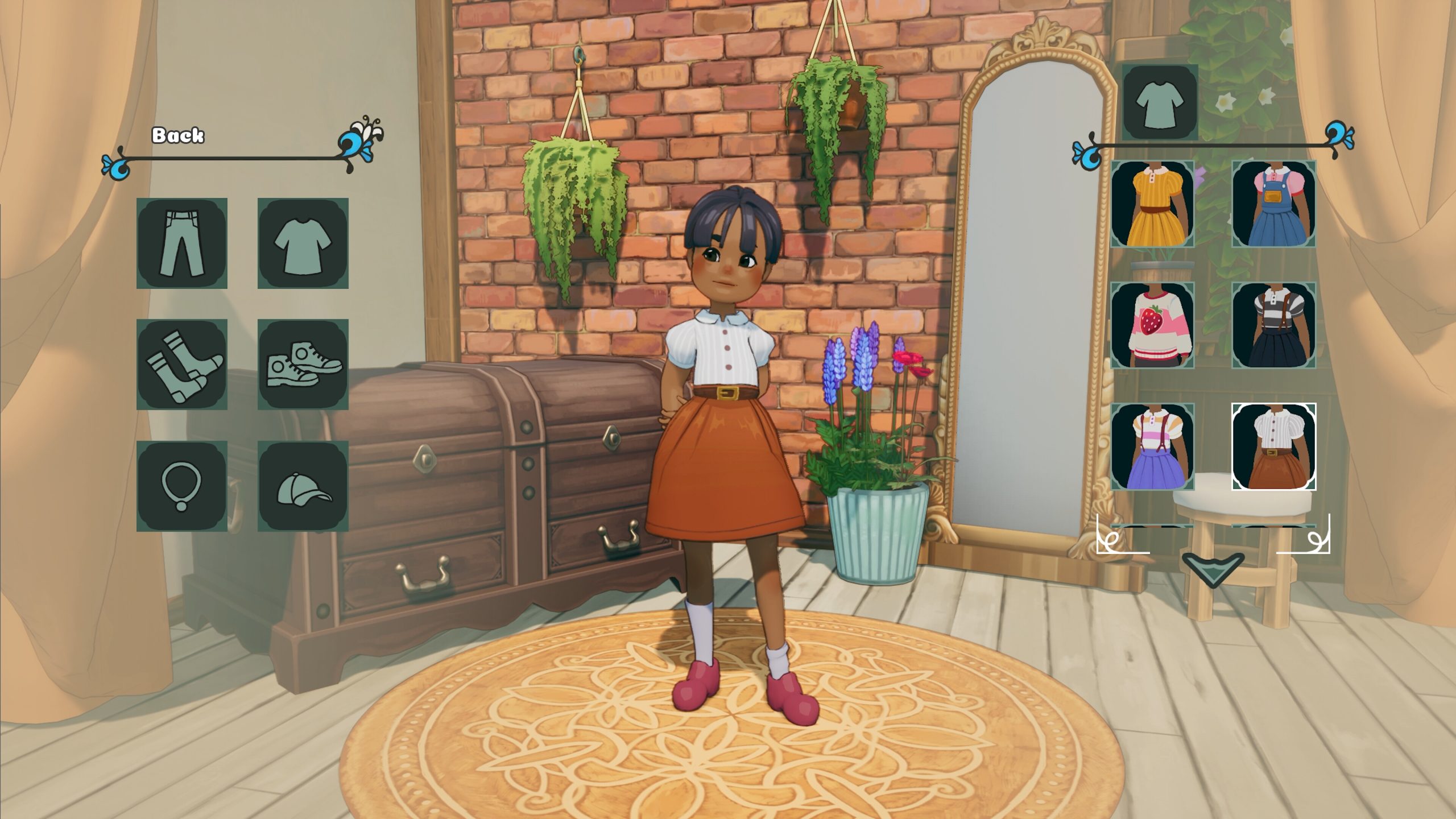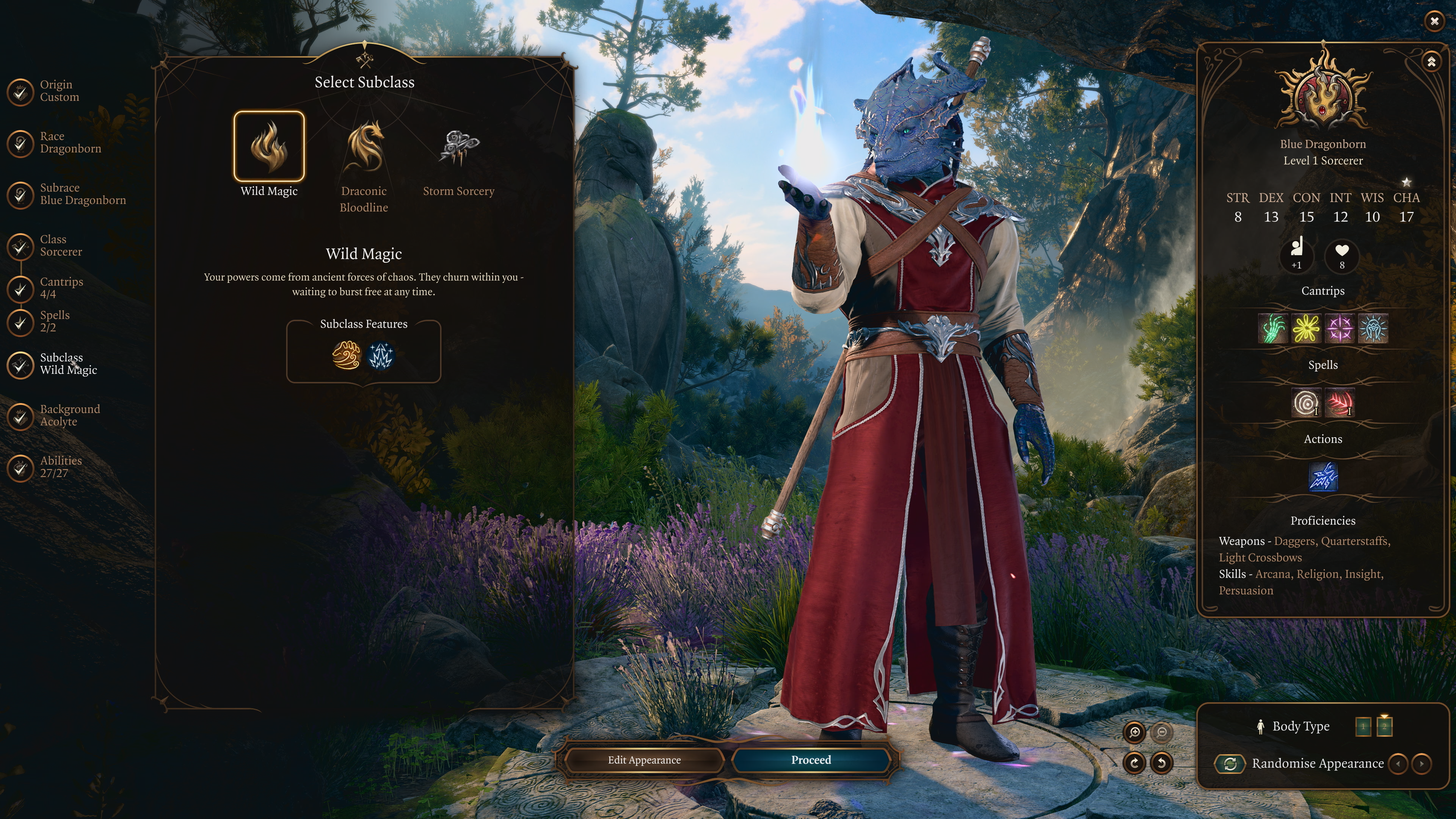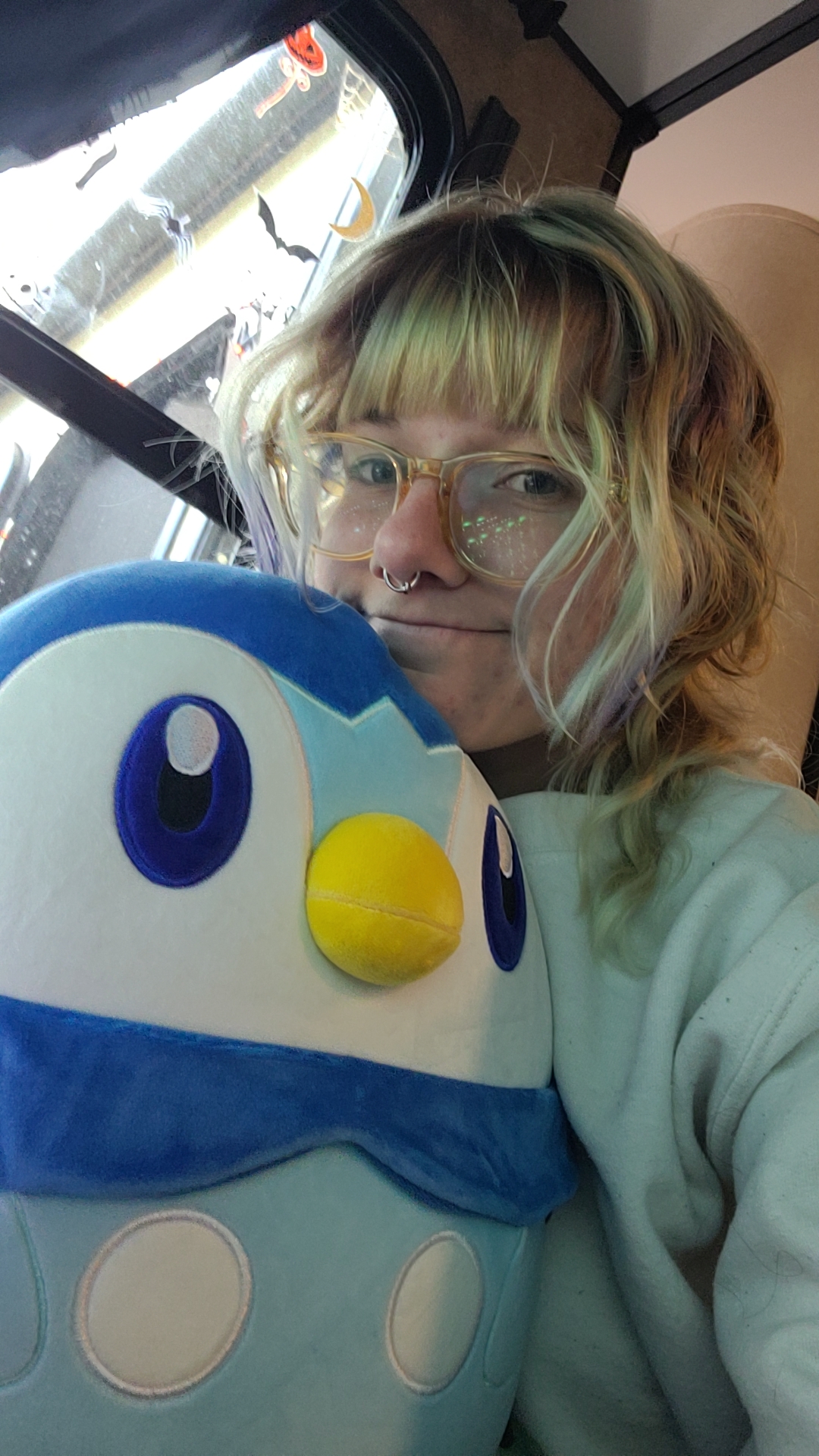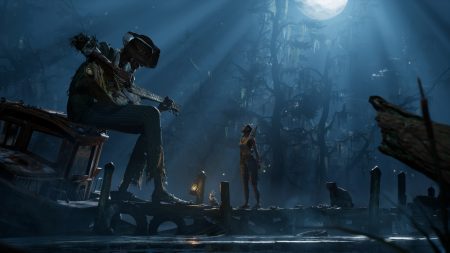Character creation in video games has been tied to gender since its introduction in the game MUD1. The first installment in the Multi-User Dungeon series, MUD1 was a text-based role-playing game that allowed players to “create” their avatar by choosing their name and gender. Games like Skyrim, Pokémon, and Animal Crossing followed suit, allowing players to choose their own names and decide whether they would like to identify as male or female.
In many of these games, the player’s choice of gender is reflected only in their appearance and in how they are addressed by NPCs. Their body clearly reflects the gender they choose, and their pronouns abide accordingly, with no means of personalization. Skirts or dresses may only be worn if the player has chosen a female character. Names are the only major aspect of characters that are decided outside of their gender identity choice.
In recent years, however, character creation has expanded rapidly beyond the constraints of making either male or female characters. In Animal Crossing: New Horizons, players are able to fully customize their characters’ faces, hairstyles, and outfits without specific reference to gender. Other games, like Bethesda’s Starfield and Lucid Tales’ upcoming Sally, take this a step further, allowing players to customize their characters at will and specify not just their name but also their pronouns. Even EA’s The Sims 4 has been updated to incorporate custom pronouns.

With these changes becoming more common, the question of their importance comes into play. Why is it important that video games allow for more personalized character creation? Even further, how can we provide players with more diverse character creation in the future?
Let’s examine these questions in greater detail.
The Benefits of Personalized Character Creation
There are countless reasons to let players create personalized, diverse characters. Here are two of the biggest ones:
Identity Reflection
One of the most important benefits is that it allows players to explore their identity in a psychologically safe way. A 2020 Australian study determined that for many gender-diverse people, creating an avatar that “reflected their experienced gender” allowed them to “privately acknowledge their gender identity” and refine their “sense of gender identity” before openly identifying in the real world.
In essence, video game avatars act as a “trial” form of expression, especially for those working to understand their own identity. Players are able to proactively explore different forms of identification in a safe place, adjusting their appearance until they find what works for them.

While this expression is especially important for players whose gender identities may clash with their biological sex, it is equally important for players whose gender identities don’t. The ability to choose your gender identity and pronouns in gaming is often accompanied by the ability to freely design your character’s body and style. Players can choose to be non-binary and feminine, female and androgynous, or a feminine man.
Simply put, personalized creation lets you be yourself, without shame or fear of judgment.
Inclusion and Connection
A common problem with limited character customization is that players often struggle to connect with their created characters. If players could potentially create characters of any identification but are forced to pick from a limited pool of options, it is much harder to find an avatar that truly represents them.
In the study mentioned above, one participant used role-playing games as an example of the disconnect between players and their characters. Games that only give players the choice of male or female leave gender-diverse gamers at an impasse; they can either “make the sacrifice” to play a character that doesn’t represent who they are, or feel left out of playing with their friends.

Thankfully, this problem is easily solved by allowing players more agency in designing their own characters. Games that do, like the highly popular Baldur’s Gate 3, have such a large fanbase in part because players can truly create any kind of character they want. It allows people of all identities to roleplay as whoever they would like to be, regardless of sexuality, gender, race, size, shape, or any other factor they find important to their identity.
Not only does inclusive character creation allow players to have a more enjoyable experience, but it also makes the game that much more popular and beloved. Players are able to connect well within it, which gives them a more positive perspective of the game. It also ensures no one will feel left out or excluded based on their identity, so people can happily invite any of their friends to play without worry.
How Games Can Implement These Ideas
Want to advocate for change in the industry? Here are four ways developers can achieve greater diversity and inclusion within their video games:
Pronoun Inclusion
Letting players select their own pronouns when choosing their name is a seemingly small but crucial way to appeal to a broader audience. Players would be able to choose their gender identity and freely create a physical appearance that suits them.

Developers could let players input their pronouns manually, or they can provide players with a set of options as well as the ability to create custom pronouns. The latter would also help account for those using multiple pronouns, like she/they or he/they.
Genderless Clothing
Another important way to encourage inclusion is to make all clothing options independent of chosen gender or body type. Fashion has become highly experimental in real life. Traditionally masculine clothing is often mixed and matched with traditionally feminine clothing to create outfits for people of all identities. People just want to wear what they love with no exceptions—a concept that should be brought into the gaming industry for player avatars.
Animal Crossing: New Horizons in particular has seen great success here. Earlier iterations of the game, like Wild World, limited dresses and skirts to only female characters, leaving male characters with only pants and shorts. Since then, the franchise has come a long way, allowing players to choose a “style” rather than a gender and making all clothes accessible to every player. This concept is more easily implemented in games like New Horizons because every player-created character has the same base body, which is essentially genderless.
Body Design
For games that do not have a single body type like Animal Crossing, allowing players to customize their body and mix-and-match attributes can help them create a character they feel connected to. Baldur’s Gate 3 provides an intricate level of body design that includes aging, voice, and genitalia options. While the latter option is not necessary if there is no sexual component to the game, the first two are universally nice to have.
These kinds of modifications accommodate almost everyone. They support the creation of trans characters and allow both trans and cis-gender players to truly recreate themselves in-game. Women with lower voices, men with higher voices, middle-aged women, and more can all be created with ease.
Ability to Adjust Character Appearance
Identities change consistently over time, and it’s handy to allow players to change their characters, too. It can be handy to have a mode where you can fully re-customize your character, like when using the mirror in New Horizons. This can also be incorporated more naturally, like in Animal Crossing: Wild World, where you had to visit Shampoodle to change your haircut, color, and eye color.
Regardless of implementation, it’d be nice for players to be able to have their character grow with them as their identity fluctuates.

Final Thoughts
As our understanding of gender evolves, game companies should begin looking at gender as the diverse spectrum it is modernly referred to, rather than fall back on traditional definitions. In doing so, studios and publishers will create better outcomes for themselves and their player bases. Games will become more accessible and friendly to all, and players will enjoy a more positive experience.
By giving players the tools to shape their own identity, developers can ensure their community feels connected to the game, improving both engagement and retention. Doing so also gives players more ways to experiment with and express their identity safely.
As titles like Baldur’s Gate 3, Animal Crossing: New Horizons, and Sally show, video game companies are changing to allow for greater diversity. Gender identity is only continuing to evolve, and we’ll just have to wait and see how long it takes for these companies to catch up.
Krista's love for video games began in the early 2000s with games like Perfect Dark Zero and the Pokémon series. She's a fan of all things Nintendo and Sega, and an avid collector of Sonic the Hedgehog merch. As a recent university graduate, her current focus is to write more about (and play!) video games as much as possible. Twitter: @WhimsyAlraune











